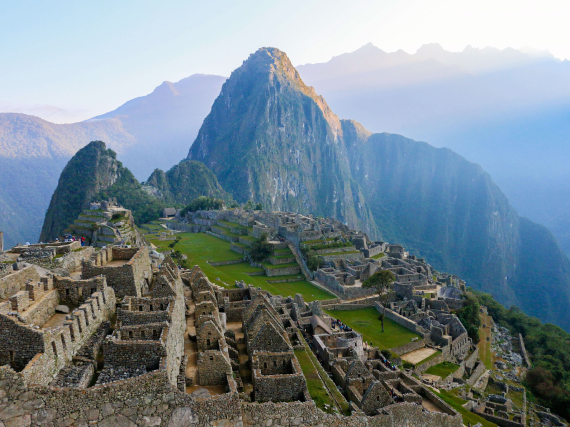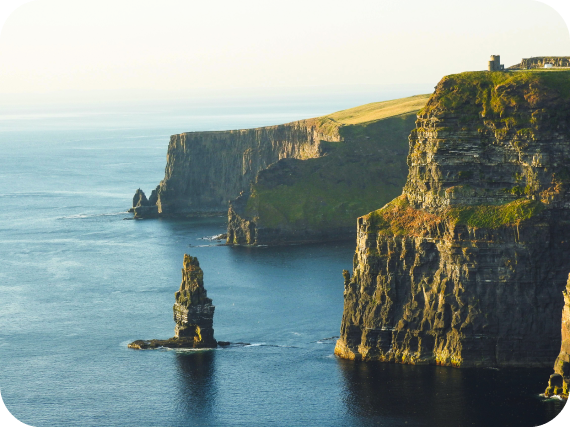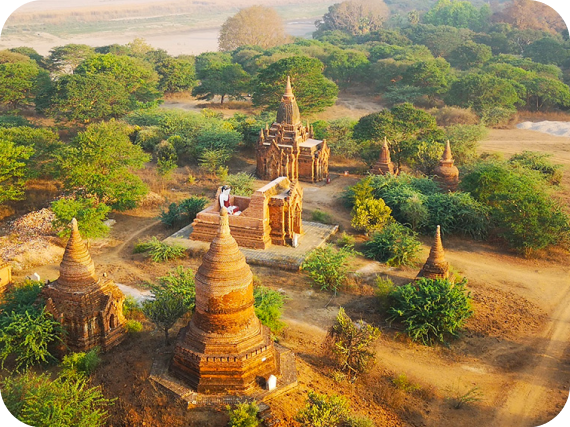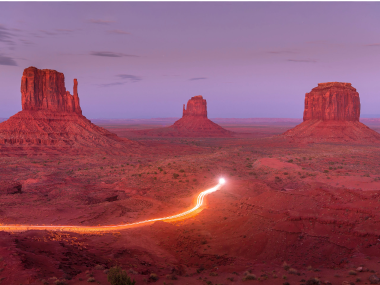Valleys form some of the planet’s most jaw-dropping landscapes, attracting visitors from far and wide to marvel at their natural beauty. Some valleys also hold centuries’ worth of human history, from Egypt’s Valley of the Kings to Peru’s Sacred Valley, while others are notable for their otherworldly features, such as Chile’s Valley of the Moon. Check out 10 famous valleys that deserve a spot on any travel wish list.
Valley of Fire – Nevada
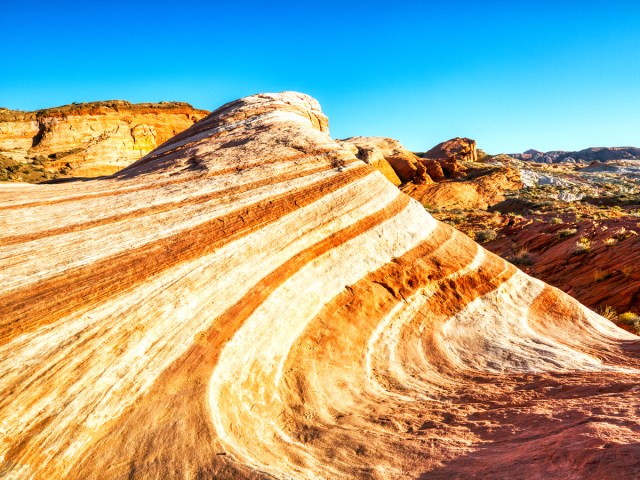
The Valley of Fire isn’t exactly as it sounds. The valley, part of the largest and oldest state park in Nevada, established in 1935, is named for its dramatic red sandstone rather than flames. When the sun falls on the park’s rock formations and natural arches each evening, they appear to be alight.
But that doesn’t mean the valley isn’t without its mysteries. Ancient peoples who once resided in the valley left their mark in the form of petroglyphs around the park, with some of the most notable carvings located at Atlatl Rock and Mouse’s Tank. If you want to see them yourself, the Valley of Fire is only an hour’s drive northeast of Las Vegas.
Valley of the Kings – Egypt
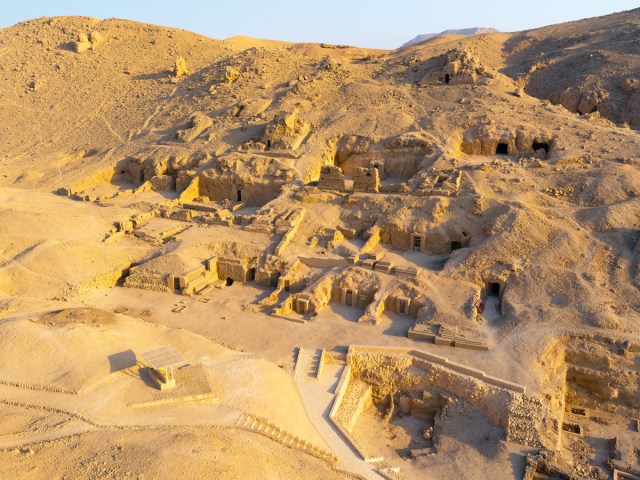
Egypt’s Valley of the Kings is located near the modern city of Luxor, on the west bank of the Nile River. The tombs of 63 rulers are found here — including Ramses VII, Ramses IV, Merneptah, and Akhenaten — but the most famous burial site is the legendary tomb of King Tutankhamen.
Discovered in 1922 by Howard Carter’s expedition, the boy king was buried here after his death in 1323 BCE. Though most of the tombs in the Valley of the Kings have been plundered by treasure hunters, damaged by floods, and trodden on by careless tourists, the site remains a historical treasure trove — which may still have secrets to reveal.
Yosemite Valley – California
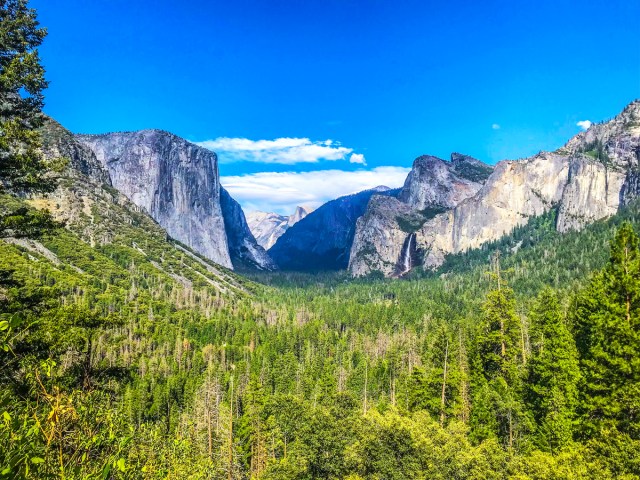
Towering above the west end of Yosemite Valley is El Capitan, which translates to “The Captain.” The granite rock formation stands over 3,000 feet above the floor of the valley that lends the national park — one of America’s oldest — its name.
Nicknamed “El Cap,” the monolith has gained even more popularity in recent years, thanks in part to climber Alex Honnold, who in 2017 completed the first-ever free solo climb of the rock formation’s vertical face without the aid of safety equipment. But it doesn’t take an insane athletic feat to witness the glory of El Capitan, which is visible from many park roads. Hikers can head up the opposite side for great views without having to do any serious rock climbing.
Dry Valleys – Antarctica
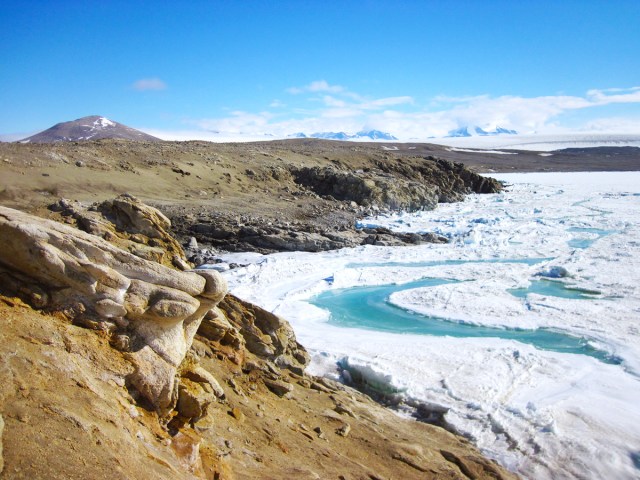
The Dry Valleys of Antarctica more than deserve their name — this area has an average annual rainfall of exactly 0 inches. And that’s been the case for around 2 million years, making it the driest place on Earth.
The valleys have extremely low humidity, due to winds as strong as 200 mph that quickly evaporate any moisture, and mountains that block sea ice from entering the valleys. The area has conditions similar to the planet Mars, and scientists have not found any living organisms — not even microbial — in the Dry Valleys.
Death Valley – California
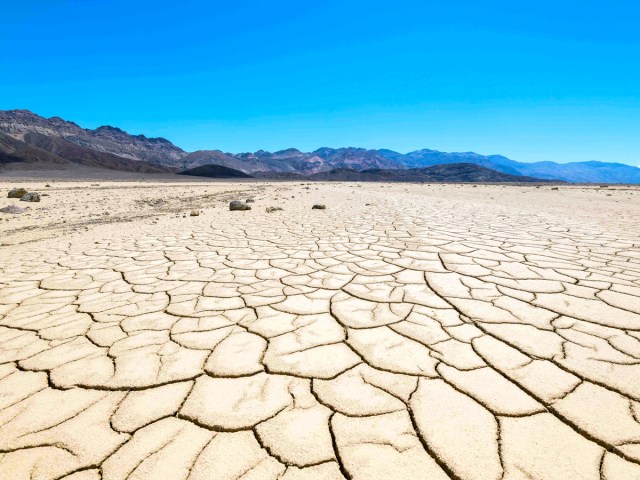
The hottest temperature ever recorded in North America (134 degrees Fahrenheit) was measured in Death Valley in 1913. The valley is also home to the lowest point on the continent, Badwater Basin, which sits 282 feet below sea level.
Established as a national monument in 1933 and a national park in 1994, Death Valley welcomes nearly 1.7 million visitors annually and is the largest national park in the lower 48. The valley got its ominous name from a group of pioneers who became lost and stranded there in the winter of 1849-1850.
Douro Valley – Portugal
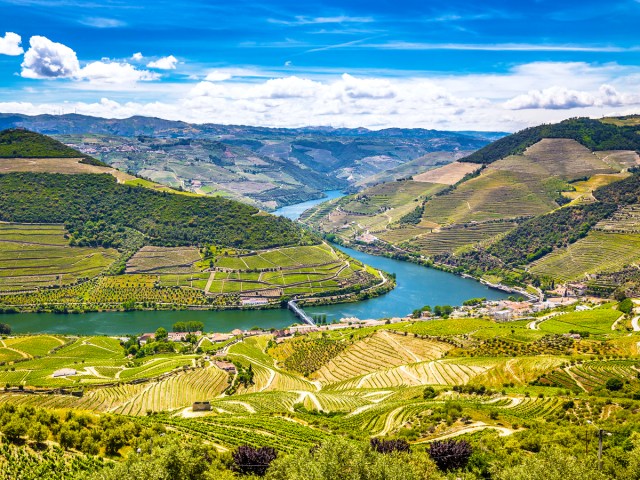
Rio Douro, which translates to “river of gold,” meanders more than 200 miles through the Iberian Peninsula from central Spain west to its mouth in Porto, Portugal’s second largest city, on the Atlantic coast. The Douro’s river valley, about 60 miles inland from Porto, is one of the country’s most breathtaking regions.
The area is known for its vineyards that produce Portugal’s most famous export, port wine, which comes from the grapevines grown on steep, terraced banks that wind along every turn of the river. The region was demarcated in 1756, which made the Douro Valley the only place in the world that can legally produce traditional port. The fortified wine is made from a blend of grapes and is sweetened with brandy during the fermentation process.
Valley of Flowers – India
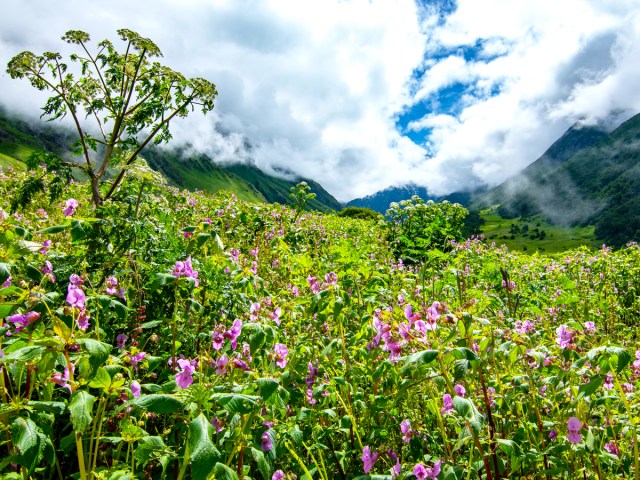
High up in the Himalayas, India’s Valley of Flowers National Park is known for lush carpets of alpine blossoms amid glaciers and snow-capped mountains. The valley is home to at least 300 species of flowers, as well as a variety of rare and threatened animal species, including the Asiatic black bear, snow leopard, and blue sheep.
Mentions of its breathtaking scenery date back many centuries in Hindu mythology, particularly as a place of meditation. But due to its remote location, the valley wasn’t discovered by the outside world until 1931, when British mountaineer Frank Smythe chanced upon it. It became a national park in 1982, and in 2005 was listed as a UNESCO World Heritage Site along with the nearby Nanda Devi National Park — which gets its name from India’s second highest mountain peak.
Sacred Valley – Peru
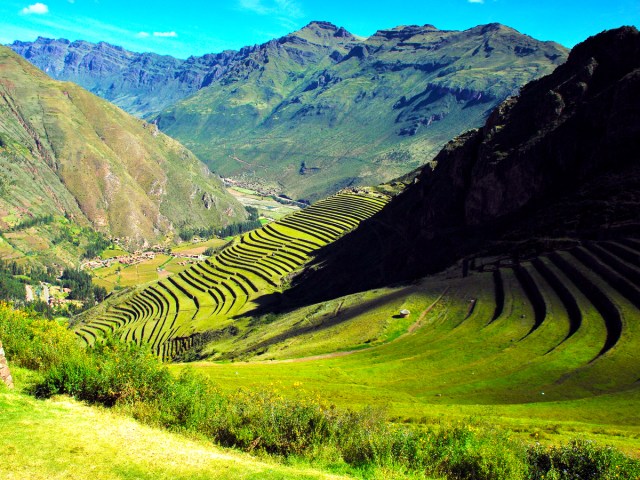
Machu Picchu isn’t the only incredible Incan ruin in Peru. Located in the Sacred Valley of the Incas in the village of Ollantaytambo is an ancient fortress known as Temple Hill or Temple of the Sun. The well-preserved ruins once served as Emperor Pachacuti’s estate.
A ceremonial venue sits at the town center, later used by Manco Inca Yupanqui as a fortress when he led the Incan resistance against Spain. Ollantaytambo was the only village able to repel the Spanish army’s conquest back in 1536. Today, you can see the Temple of the Sun with its ancient symbolic markings alongside the Princess Baths, which were once used for ceremonial bathing.
Valley of the Ten Peaks – Canada
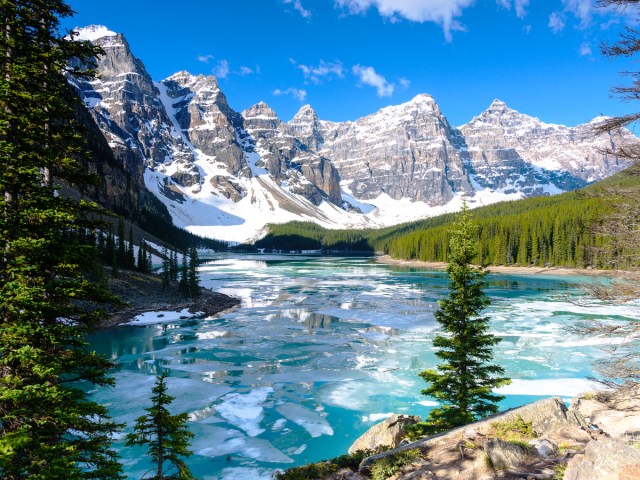
Home to the stunning turquoise waters of Moraine Lake, the Valley of the Ten Peaks is located in Banff National Park, Canada’s oldest national park, established in 1885. As its name suggests, there are 10 notable peaks that surround the valley, which borders the provinces of Alberta and British Columbia. One of Canada’s most breathtaking landmarks, it was featured on the country’s $20 bill.
Elsewhere in Banff National Park, you’ll find the “Castle of the Rockies,” aka the Fairmont Banff Springs hotel. A National Historic Site of Canada, the chateau-style resort features 757 rooms and suites, many with jaw-dropping views of the surrounding Canadian Rockies.
Valley of the Moon – Chile
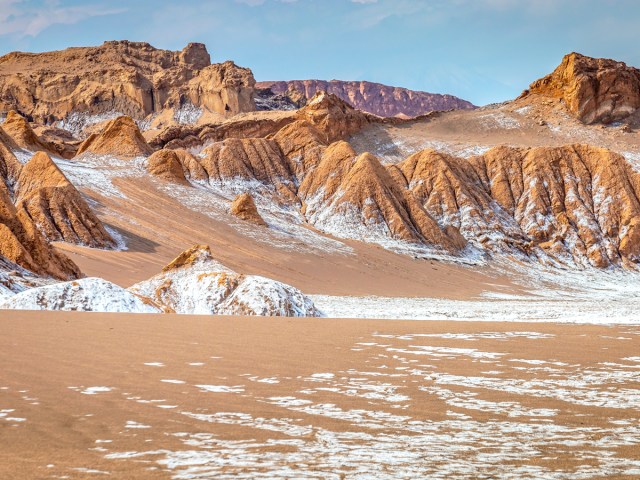
Chile’s spectacular Valle de la Luna (Valley of the Moon) was named for its otherworldly barren landscapes, devoid of trees and plants. Instead, its mineral-tinted peaks and pitted bowls are windswept and encrusted with white traces of parched salt.
Visitors make the trip from San Pedro de Atacama (about 9 miles away) not only to hike and admire the valley’s lunarlike landscapes but also to sandboard down its slopes. By far the most popular time to visit is dusk, when you can watch the reds, pinks, and golds of the wind-whittled geologic formations glow and darken under the setting sun.
More from our network
Daily Passport is part of Inbox Studio, which publishes content that uplifts, informs, and inspires.

